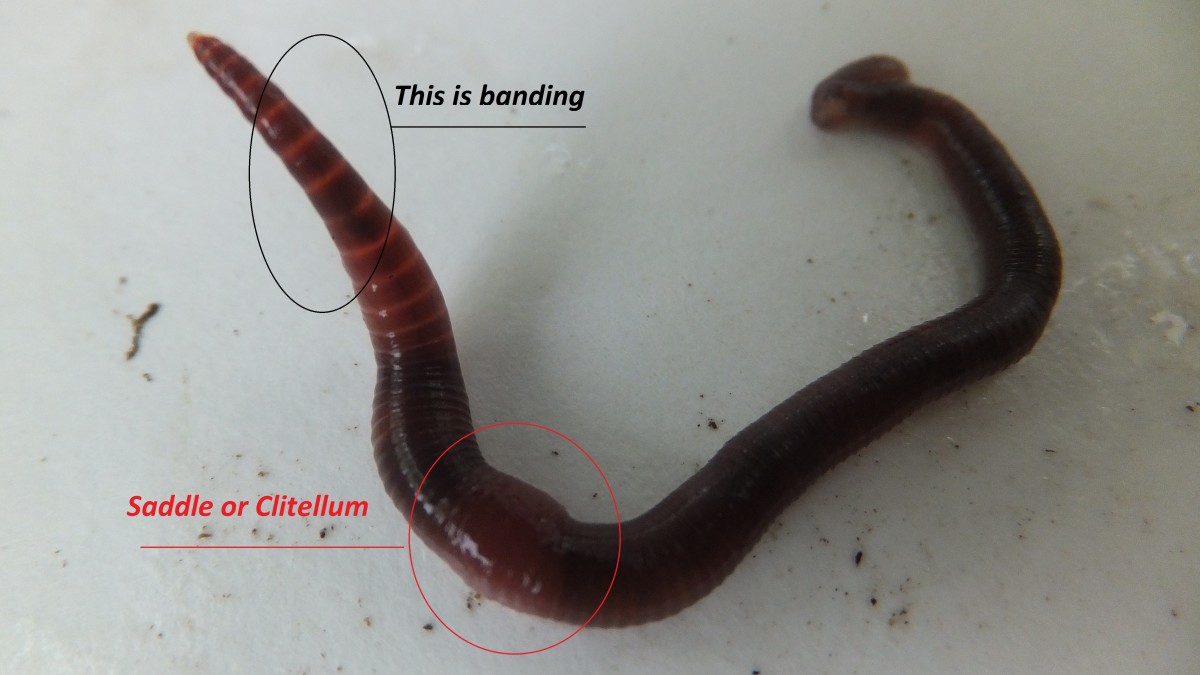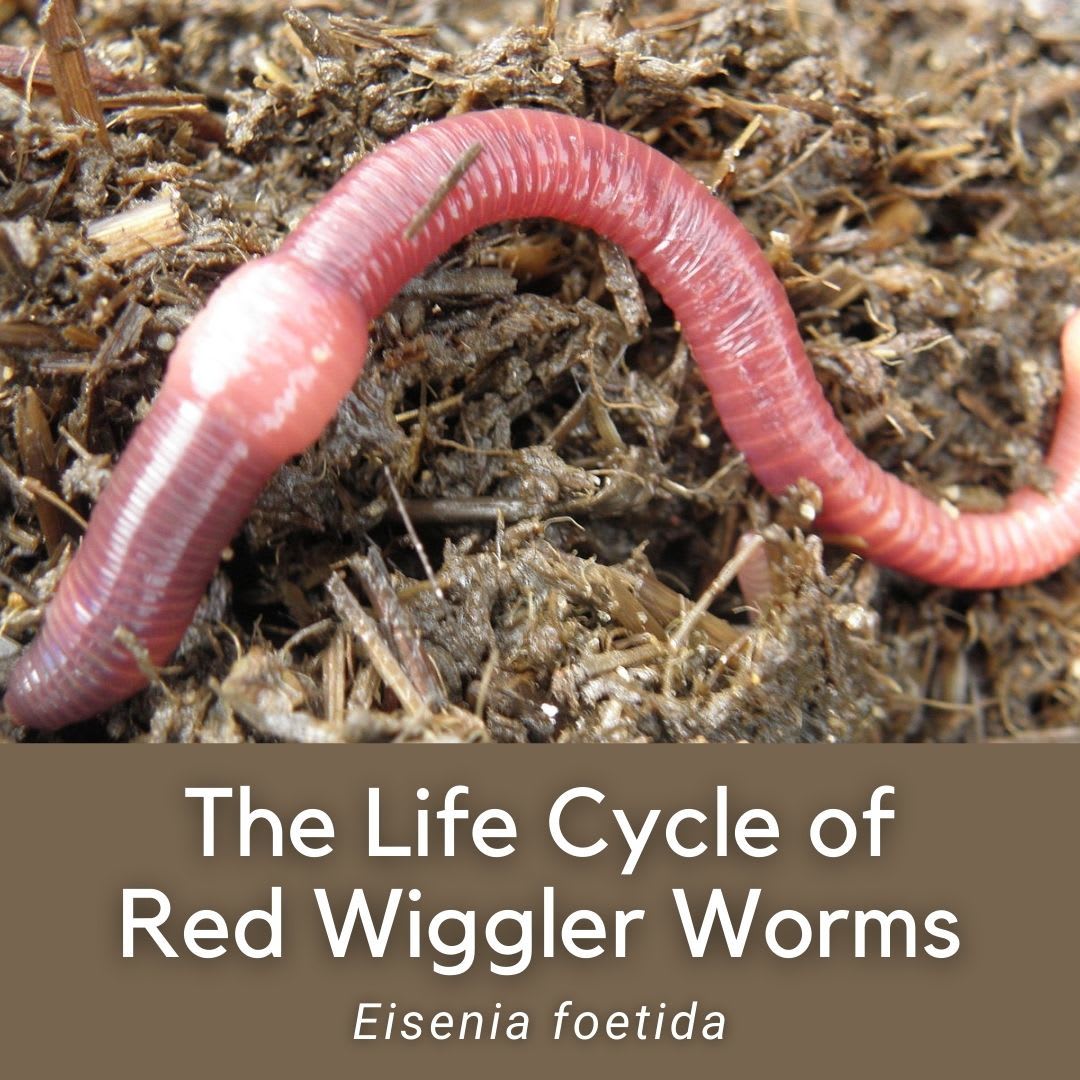Get the Top-Quality Worms for Your Compost with Red Wiggler Express
Get the Top-Quality Worms for Your Compost with Red Wiggler Express
Blog Article
Red Wigglers: The Unsung Heroes of Organic Waste Recycling
Red wigglers, or Eisenia fetida, act as vital representatives in the organic waste recycling process, transforming disposed of materials into useful vermicompost. Their reliable break down of natural matter not only improves soil high quality but likewise adds to lasting waste management methods. As the globe progressively looks for solutions to fight waste build-up and boost agricultural efficiency, understanding the duty of these worms comes to be important. What systems enable them to grow in garden compost settings, and exactly how can they be effectively utilized in both residential and business setups? Checking out these concerns reveals the more comprehensive effects of vermicomposting in our eco-friendly landscape.
What Are Red Wigglers?
The remarkable resilience of red wigglers, clinically called Eisenia fetida, underscores their essential role in organic waste recycling. These tiny, reddish-brown earthworms are commonly discovered in disintegrating organic issue, such as compost heap and manure stacks. Lake Hickory Bait. Unlike various other earthworm types, red wigglers grow in nutrient-rich atmospheres and are very effective at damaging down organic products, making them vital for vermicomposting

(Red Wiggler Express)Along with their function in waste decrease, red wigglers add to soil wellness by improving dirt structure and aeration via their tunneling tasks (Lake Hickory Bait). Their visibility in composting systems not just enhances decomposition rates yet also promotes a lasting technique to waste monitoring, showing their significance in ecological preservation efforts
Advantages of Composting With Worms
Composting with worms, specifically red wigglers, uses many advantages that enhance both waste monitoring and soil health. Initially, these worms successfully break down natural waste, transforming it into nutrient-rich vermicompost that enhances dirt. This process accelerates decay, permitting a faster recycling of cooking area scraps and other natural materials compared to standard composting techniques.
Furthermore, the vermicompost produced by red wigglers is brimming with helpful microbes, which aid improve soil framework, oygenation, and dampness retention. This enhances the general health of plants, promoting strenuous growth and boosted returns in gardens and agricultural settings. The usage of worms in composting reduces the manufacturing of greenhouse gases, such as methane, adding to a much more sustainable waste monitoring system.

How to Start Vermicomposting
Developing a vermicomposting system is a simple procedure that can site generate substantial benefits for both waste management and soil enrichment. To start, select an appropriate container, such as a plastic container or wood box, with ample ventilation openings to ensure appropriate air flow. The measurements should ideally be around 2 feet by 3 feet, enabling adequate room for the worms to flourish.
Following, prepare bed linen product, which can include shredded paper, cardboard, or coconut coir. This bed linen must be moistened to develop an appropriate habitat for the worms. Once the bed linens remains in location, introduce red wigglers (Eisenia fetida) right into the container, usually around one extra pound of worms for every square foot of surface.
Following the positioning of worms, add natural waste, such as fruit and vegetable scraps, coffee grounds, and smashed eggshells. With these actions, you will properly start a vermicomposting system that adds to sustainable waste monitoring and improves your soil.
Maintaining a Healthy And Balanced Worm Bin
(Red Wiggler Express)Maintaining a worm bin growing calls for routine interest and care to ensure the health of the red wigglers and the efficiency of the composting process. Correct upkeep starts with keeping an eye on the dampness degrees; the container ought to be wet yet not waterlogged. A good guideline is to maintain a consistency comparable to a wrung-out sponge.
Delicately mixing the bedding and food scraps every few weeks prevents compaction and guarantees that all worms have access to oxygen. In addition, it is vital to feed the worms properly.
Temperature guideline is another essential element. Red wigglers grow in a series of 55 to 77 degrees Fahrenheit. If the container ends up being too hot or chilly, the worms may become stressed out - Lake Hickory Bait. Finally, occasionally examine for indicators of wellness, such as worm populace development and the visibility of healthy castings. By carefully taking care of these variables, one can keep a robust and productive worm bin.
Effect on Sustainable Living
The successful maintenance of a worm container not only profits the health of red wigglers however likewise contributes dramatically to lasting living methods. By reusing organic waste, such as cooking area scraps and backyard debris, red wigglers assist draw away considerable quantities of product from land fills. This decrease in waste not only reduces greenhouse gas emissions however also reduces the ecological concern linked with waste management.
Furthermore, the castings produced by red wigglers function as a nutrient-rich organic plant food, enhancing soil health and wellness and promoting plant growth. This natural choice to chemical plant foods supports sustainable farming and horticulture practices, decreasing reliance on artificial inputs that can hurt environments. Furthermore, worm composting promotes recognition of waste administration, urging individuals and neighborhoods to adopt more lasting habits.

Conclusion
In recap, red wigglers serve as vital contributors to natural waste reusing via their reliable decay of natural products. By incorporating vermicomposting into waste monitoring techniques, people and neighborhoods can dramatically lower waste while advertising ecological sustainability.
Report this page